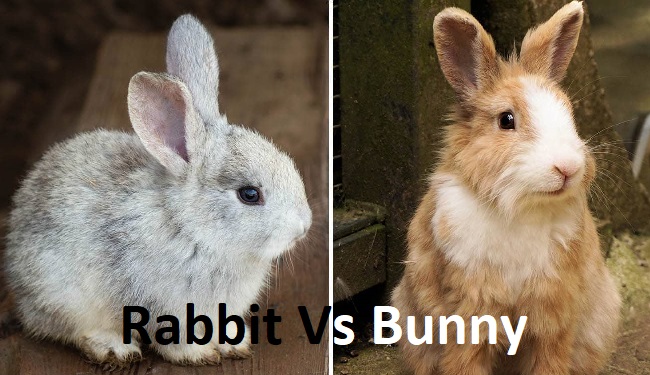Are you puzzled by the terms “Bunny” and “Rabbit”, wondering if there’s any significant difference between the two? You’re not alone. In the world of small mammal pets, the debate around “Bunny Vs Rabbit” is a recurring theme.
In this detailed exploration, we’re going to help clear up any confusion, providing in-depth clarification on the terms “Bunny” and “Rabbit” and the contexts in which they are used.

Understanding the Terms: Bunny and Rabbit
The differentiation between a Bunny and a Rabbit is primarily based on age and cultural semantics. Let’s delve into each term more closely.
What is a Rabbit?
Rabbits are small mammals known for their long ears, fluffy tails, and powerful hind legs. They belong to the family Leporidae and are found in several parts of the world. “Rabbit” is generally used to refer to all members of the family, regardless of age.
What is a Bunny?
“Bunny” is a term of endearment for a young Rabbit. In many cultures, it’s used interchangeably with “Rabbit,” much like “puppy” is used for a young dog or “kitten” for a young cat.
Differences in Context: Bunny Vs Rabbit
While there may not be a taxonomic difference between Bunnies and Rabbits, the use of the terms can differ depending on context.
Scientific and Formal Contexts
In scientific or formal contexts, “Rabbit” is usually the preferred term. It’s the official term used in scientific classifications and formal writings.
Informal and Cultural Contexts
In contrast, “Bunny” is often used in informal and cultural contexts. It’s a common term in children’s language due to its cute and endearing connotations. “Bunny” is also frequently used in literature, media, and holidays (e.g., the Easter Bunny).
Bunny and Rabbit Behavior and Care
Whether you’re using “Bunny” to refer to a young Rabbit or using “Rabbit” and “Bunny” interchangeably, understanding the behavior and care of these animals is crucial.
Social Behavior
Rabbits are social creatures that require companionship. They often live in groups in the wild, and when kept as pets, they usually enjoy the company of other Rabbits.
Diet
Rabbits have a specific diet that mainly consists of hay, fresh vegetables, and a small amount of Rabbit pellets. Treats can be given occasionally and in moderation.
Housing
A comfortable and spacious living environment is essential for a Rabbit’s well-being. Their housing should provide enough space for movement and play.
Health Care
Regular vet check-ups are important to ensure your Rabbit’s health, as they can suffer from a variety of health issues, including dental diseases and digestive problems.
Conclusion
In conclusion, while the terms “Bunny” and “Rabbit” might be used in different contexts, they usually refer to the same charming creature.
The primary distinction lies in age, with “Bunny” often referring to a young Rabbit, and cultural usage, where “Bunny” is used more informally.
However, regardless of whether you prefer to use “Bunny” or “Rabbit”, these animals are fascinating creatures that deserve our respect, understanding, and proper care.
It’s our hope that this guide has clarified any confusion and helped you better understand the delightful world of Rabbits and Bunnies.
























